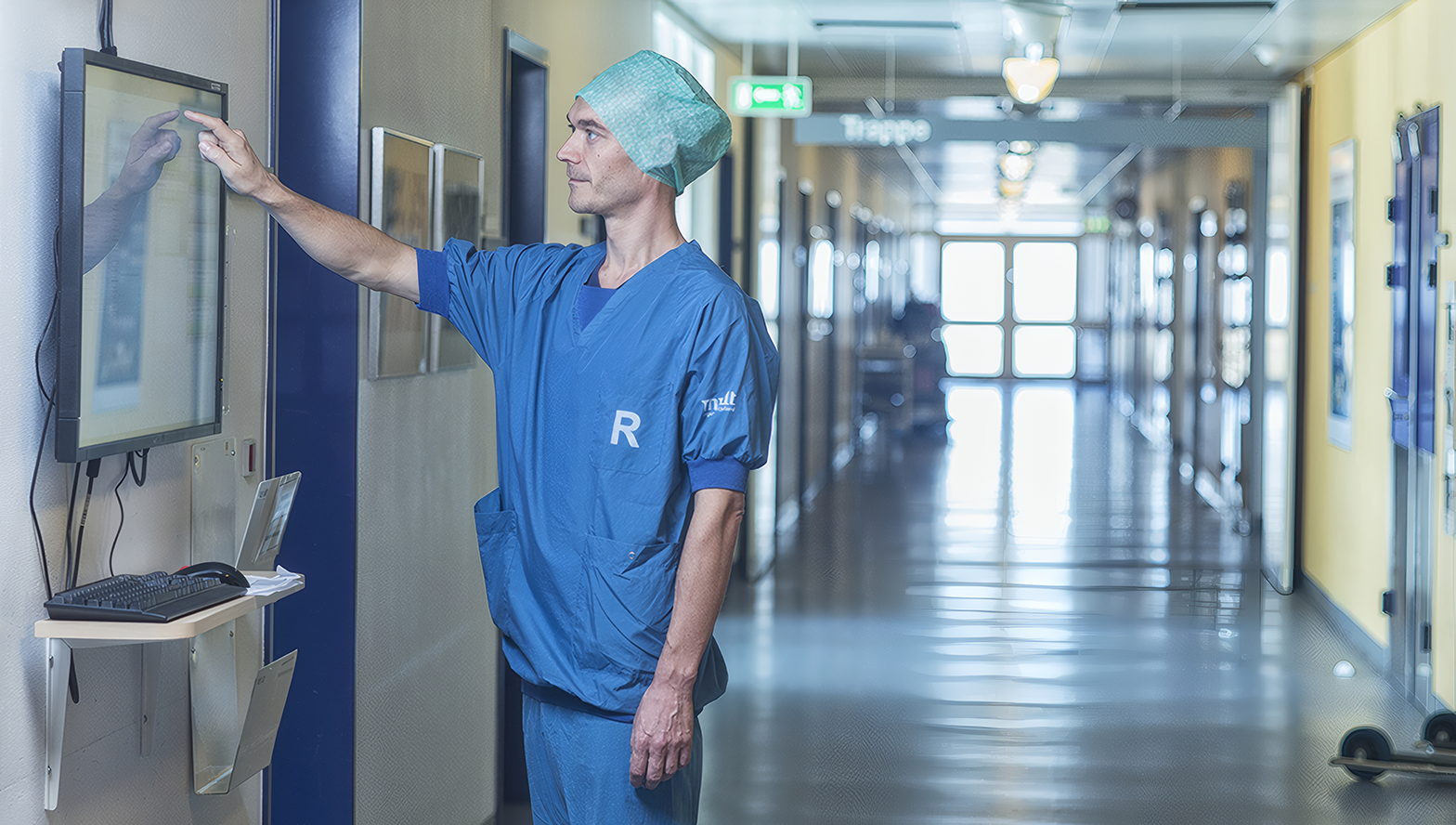

8 min.
March 11, 2020
RFID optimizes Samsøe Samsøe's inventory management
Text:
Signe Poulsen
Photo:
Internal
At Danish clothing brand Samsøe Samsøe, the implementation of Radio Frequency Identification (RFID) throughout the business has clearly resulted in long-term resource savings.
At Samsøe Samsøe, Tommy Nimand (CFO) and Christian Ulf Jacobsen (Supply Chain Coordinator) are happy to share experiences from the implementation of Radio Frequency Identification (RFID), which now forms the basis for the brand's entire inventory management.
What was the deciding factor when you decided to go with RFID?
- A visit to a trade fair in Germany was the final straw. There I tested how extremely fast inventory counting is with RFID tags. We went home, did the math and realized that the time savings alone on our four annual inventory counts would cover the cost of implementation. Then there was nothing more to think about," says Tommy.
However, during the implementation, Samsøe Samsøe has encountered several unforeseen incidents. For example, RFID tags on glitter socks are difficult to read - metal can be a challenge.
Christian and Tommy take up the challenge. You will always come across something like this.



How have the store employees accepted RFID?
- If employees don't have a great experience, they will leave. Basically, RFID tags had to be put on every item - it was challenging. Either employees can re-tag every single item in every single store and warehouse. But we decided to apply RFID tags in production alongside regular barcodes. In just over six months, all items were RFID tagged. And inventory counting became much faster too - the experience sells itself.
Besides the savings from item counting, what else has RFID given you?
- Additional option for extra product security. Currently, around 25% of our stores have sensors above the exits that detect goods leaving the store without being sold.
Improving the customer experience is a driving force at Samsøe Samsøe. How does RFID contribute to this objective?
- RFID is a fundamental premise for the company's digital development. That's because RFID gives us the assurance that we know exactly what we have in stock in real-time - not just in a distribution center and some stores, but in all locations
It enables better development of offers for customers and better collaboration across the supply chain, supporting the omnichannel strategy. It's about not having boundaries between your different channels - because customers don't want boundaries.

RFID's wide application
What does it mean for you to develop based on technology and solution provider-neutral standards, such as GS1's RFID standard?
- There are no limits in omnichannel trading, and we need open systems to create the best collaborations with customers and suppliers. We get that openness by using GS1 standards. Moreover, it was just too, as we already used identification numbers and barcodes from GS1.
RFID (Radio frequency identification) is used in many industries, including animal identification, bridge tolls, container tracking, smart store shelves, car keys and pharmaceutical products. The technology ensures efficiency, faster handling and improved security in the supply chain.
The technology identifies objects using radio waves - and the RFID tag can be read at a much greater distance than with a barcode and without the tag being visible. For example, this means that all units in a logistic unit can be scanned in the same process.
What does it mean for you to develop based on technology and solution provider-neutral standards, such as GS1's RFID standard?
- There are no limits in omnichannel trading, and we need open systems to create the best collaborations with customers and suppliers. We get that openness by using GS1 standards. Moreover, it was just too, as we already used identification numbers and barcodes from GS1.
RFID (Radio frequency identification) is used in many industries, including animal identification, bridge tolls, container tracking, smart store shelves, car keys and pharmaceutical products. The technology ensures efficiency, faster handling and improved security in the supply chain.
The technology identifies objects using radio waves - and the RFID tag can be read at a much greater distance than with a barcode and without the tag being visible. For example, this means that all units in a logistic unit can be scanned in the same process.




ABOUT SAMSØE SAMSØE
- It started in 1993, when the Samsøe brothers opened a small shop in their own name in Copenhagen's Latin Quarter.
- Initially only selling jewelry, they quickly expanded into quality t-shirts and knitwear, primarily for men.
- In 2000, Peter Sextus and Per-Ulrik Andersen took over and transformed it into an international fashion house.
- The style is minimalist, affordable and easily accessible.







